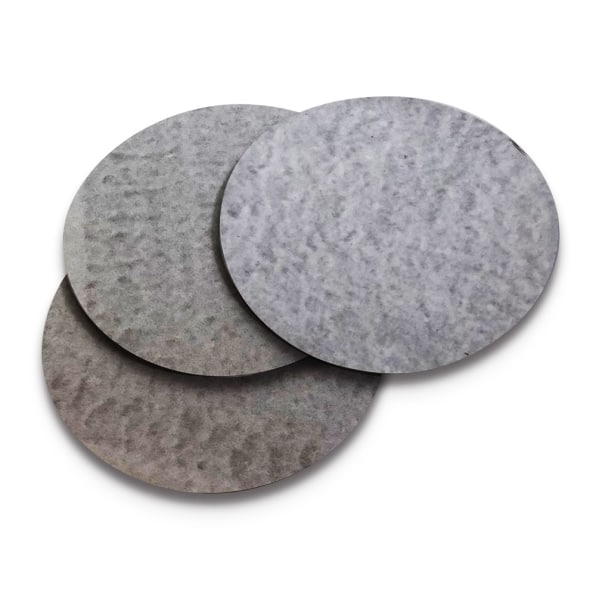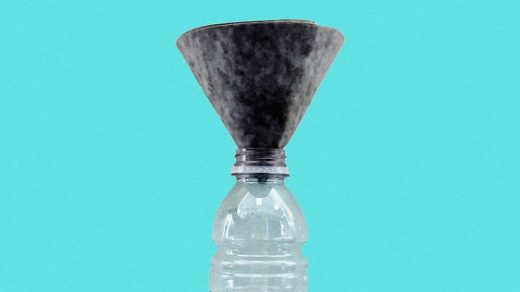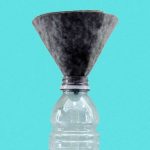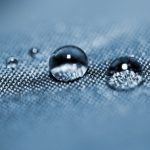These Cheap Paper Water Filters Remove Lead, Arsenic, and Bacteria
On a visit to Bangladesh in 2011–where an estimated 20 million people are exposed to arsenic in local drinking water–scientist Liangjie Dong worked with a team to teach residents how to use a filtration system he designed that could make the water safe. The technology worked, but it wasn’t self-explanatory: it required training in how to use a special cartridge, and special instructions for how to dispose of it after use.
“At the end of the trip the manager said, ‘You guys solved the arsenic problem, but the big cost is education–can you develop a new technology that minimizes field education, or [doesn’t require] any education?’” Dong says. Seven years later, he has a solution for that problem: a paper filter that looks like a giant coffee filter. Place it over a glass or jug, pour water through, and it removes all pollutants. When the filter is too old to work, water stops passing through. No complicated instructions are necessary.

The filter, called Mesopaper, uses three layers of paper made from bamboo fiber, with ceramic granules sandwiched between each layer; the granules, manufactured from clay, have tiny pores small enough to capture heavy metals like arsenic, lead, or mercury, while letting water through, along with nutrients like calcium and magnesium. Inside each pore, nano-sized iron needles act like hooks to capture bacteria and deactivate viruses. The particles of iron slowly react with water, closing to seal pollutants inside–so if the filter is thrown out, it can’t re-contaminate the soil or water.
In the U.S., where thousands of communities beyond Flint, Michigan, have unsafe levels of lead, and others have high levels of uranium or arsenic, the filters could purify tap water. In disasters, the filters could be cheaply shipped to victims to purify rainwater or water from local waterways. At a larger size, the paper could be used in water treatment plants, or to purify wastewater from industrial sites like mines or nuclear power plants.
Reverse osmosis, one commonly used technology for water purification, uses large amounts of energy to force water through tiny holes at high pressure; the paper, by contrast, doesn’t require any electricity, chemicals, or other supplies. Because the process seals contaminants inside the ceramic granules, it doesn’t create toxic sludge, unlike other water treatment processes.
Dong first developed the ceramic granules as a researcher at the University of Hawaii in 2005. He continued thinking about the design over the years–including during a nine-month stint in a Chinese prison in 2013, after he published a blog post about contaminated water that angered Chinese officials. In 2016, he tweaked the design, making the holes in the granules slightly larger, and adding the iron particles. The final step for Dong, who now runs a startup called Mesofilter, was to incorporate the granules into a filter that consumers could use.
The filters are now being sold on Amazon (a six-pack is $6.99; one 9? diameter sheet can filter about 22 liters or six gallons, depending on how contaminated the water is), and the company expects that the first customers will be Americans preparing emergency kits or going on camping trips. But as production scales up and the cost goes down, Dong says that the paper will become affordable enough for use in developing countries. He envisions local production in some areas, using pulp from locally-planted bamboo forests. The company also plans to collaborate with others to make other types of products with the material–including air masks and hazmat suits, because the paper can also filter air.
(50)






